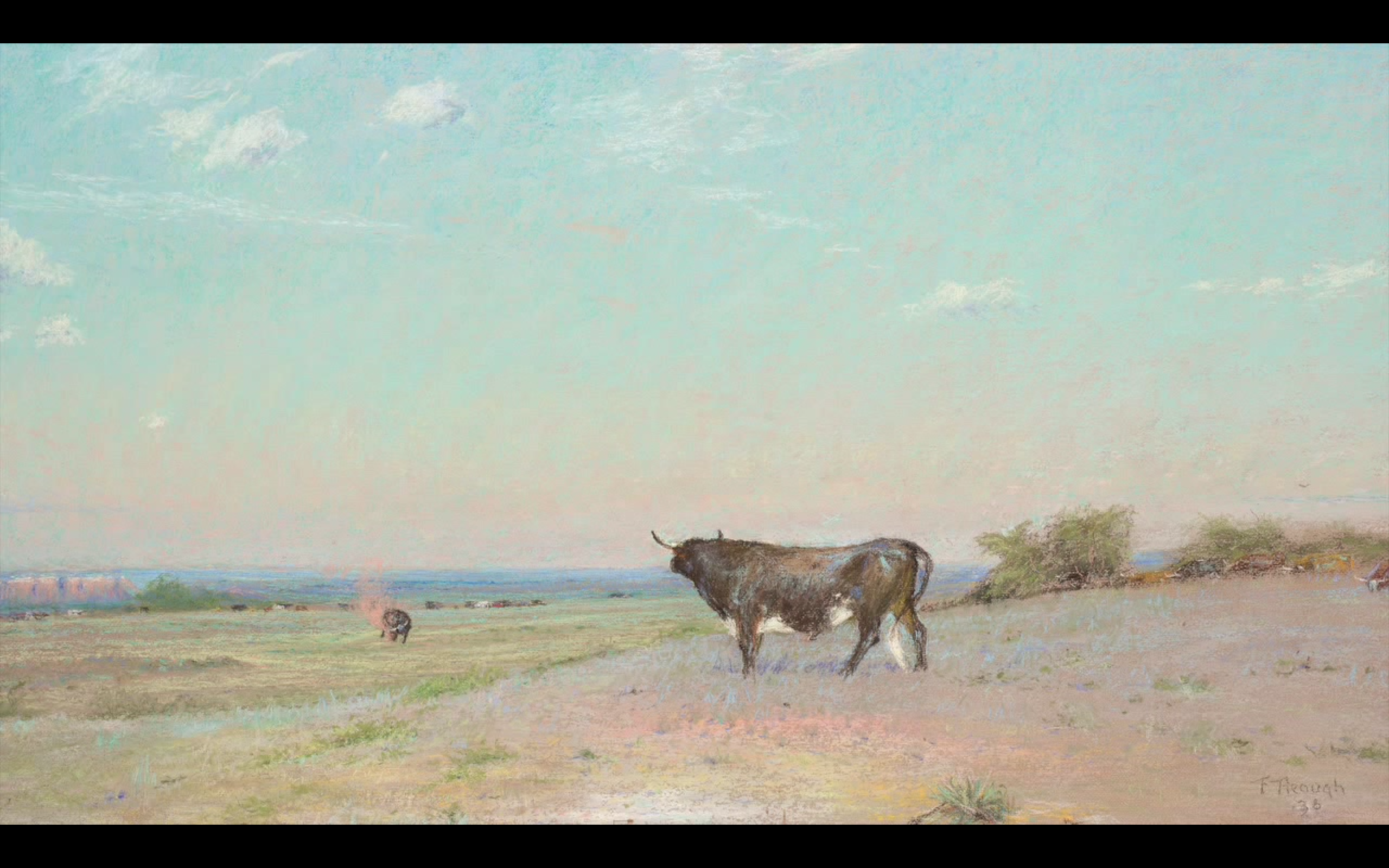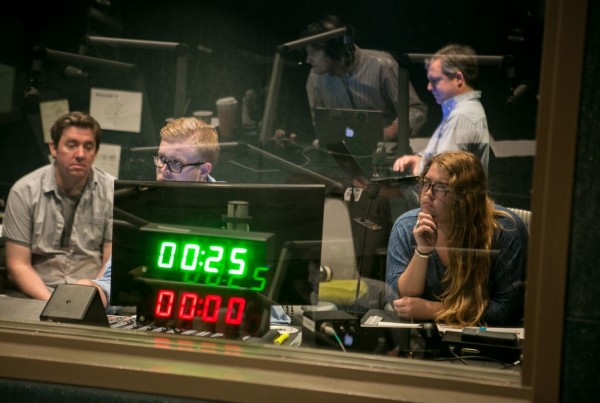There are no Texans more proud of being Texan than those who adopted it as their home. One such example is Frank Reaugh, a native Illinoisan born to a Californian Gold Rush miner, whose heart was so deeply embedded in his adopted home state and his contribution so epic that no one else has come close to taking the title from him as the “Dean of Texas Artists.”
Last Tuesday, the Harry Ransom Center opened its Fall exhibition, “Frank Reaugh: Landscapes of Texas and the American West,” which showcases his art – a career the visually documented the vast regions of the Southwest before the turn of the 20th century. Peter Mears, lead curator of the exhibit, says Reaugh, who arrived by covered wagon with his family in 1876, is the quintessential Texas artist.
“Once he got into town, he started giving art lessons … early on in life,” he says. “He would build from that and become … one of the most influential Texas artists, particularly in the Dallas region.”
Early in his life, Reaugh took up the medium of pastel, going to Paris to study art and letting himself be influenced by the French and the Impressionists of the time. When he came back, however, he adapted his own methodology to capture the land of the Southwest and his most beloved subject: the Texas longhorn.
“He studied the longhorn, he even picked up the bones along the prairie, and drew those,” says Mears. “He became very familiar with the musculature of the native longhorn.”
Although his landscapes are bright and evoke memories of famous works of Impressionist art like Claude Monet’s and Pierre-Auguste Renoir’s, Mears says Reaugh never mentioned he was an Impressionist.
“I’m very willing to say that he had his own hybrid methodology, that he takes the European traditions, he creates that onto himself,” he says. “Those become part of his own system.”
Because of the content in Reaugh’s art, the exhibition’s companion book, “Windows on the West: The Art of Frank Reaugh,” can easily be as appealing to art fans as it is to fans of Texas history. Mears says he wanted to have a conversation about the so-called Dean of Texas Artists that essentially disappeared.
“The goal is to bring Frank Reaugh’s credence back and to let 21st century viewers see what was happening in the 19th century and 20th,” he says.
















